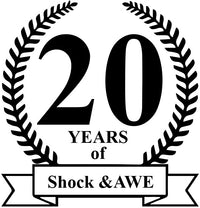09:85
Continued from A1...
An economic bubble or asset bubble (sometimes also referred to as a speculative bubble, a market bubble, a price bubble, a financial bubble, a speculative mania, or a balloon) is a situation in which asset prices appear to be based on implausible or inconsistent views about the future. It could also be described as trade in an asset at a price or price range that strongly exceeds the asset's intrinsic value.
While some economists deny that bubbles occur, the causes of bubbles remain disputed by those who are convinced that asset prices often deviate strongly from intrinsic values.
Many explanations have been suggested, and research has recently shown that bubbles may appear even without uncertainty, speculation, or bounded rationality, in which case they can be called non-speculative bubbles or sunspot equilibria. In such cases, the bubbles may be argued to be rational, where investors at every point are fully compensated for the possibility that the bubble might collapse by higher returns. These approaches require that the timing of the bubble collapse can only be forecast probabilistically and the bubble process is often modelled using a Markov switching model. Similar explanations suggest that bubbles might ultimately be caused by processes of price coordination.
More recent theories of asset bubble formation suggest that these events are sociologically driven. For instance, explanations have focused on emerging social norms and the role that culturally-situated stories or narratives play in these events.
Because it is often difficult to observe intrinsic values in real-life markets, bubbles are often conclusively identified only in retrospect, once a sudden drop in prices has occurred. Such a drop is known as a crash or a bubble burst. In an economic bubble, prices can fluctuate erratically and become impossible to predict from supply and demand alone.
